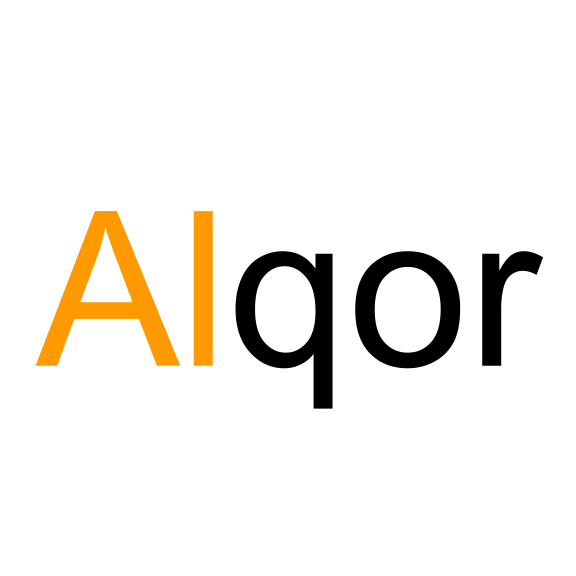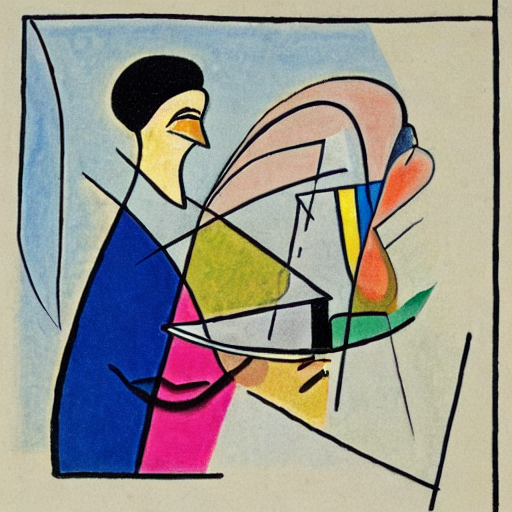In this course, we provide a basic introduction into some of the fundamental concepts behind unsupervised generative modelling with quantum hardware. Unsupervised machine learning algorithms have learned breathtaking tasks like the creation of photorealistic images from simple text inputs. Because of this great power, researchers started to translate those concepts to quantum hardware. In this series of tutorials on quantum technologies, we provide a basic introduction into some of the fundamental concepts behind generative modelling with quantum circuits.
Requirements
- Firstly, we assume that you have the basic notions of quantum computing.
- We provide the programming examples in
qiskit. - So if you know both things, you can directly start out. Otherwise, the introductory chapters of the qiskit textbook might be a great starting point.
- Knowledge of classical supervised learning is not really necessary, but certainly helpful. The Coursera course by deeplearning.ai is awesome.
- We attempt to make this course self-contained. However, it is highly recommended to be firm with the concepts of beginners guide on quantum machine learning.
About the instructor

Manuel Rudolph is currently a PhD student in Physics at EPFL with Prof. Zoë Holmes. Before that, he was a Quantum Application Scientist in Zapata Computing’s Quantum AI team, where he worked with Alejandro Perdomo-Ortiz on near-term QML algorithms.
Find him on Twitter, LinkedIn, or Google Scholar.
If you would like to have further information, please contact us.

